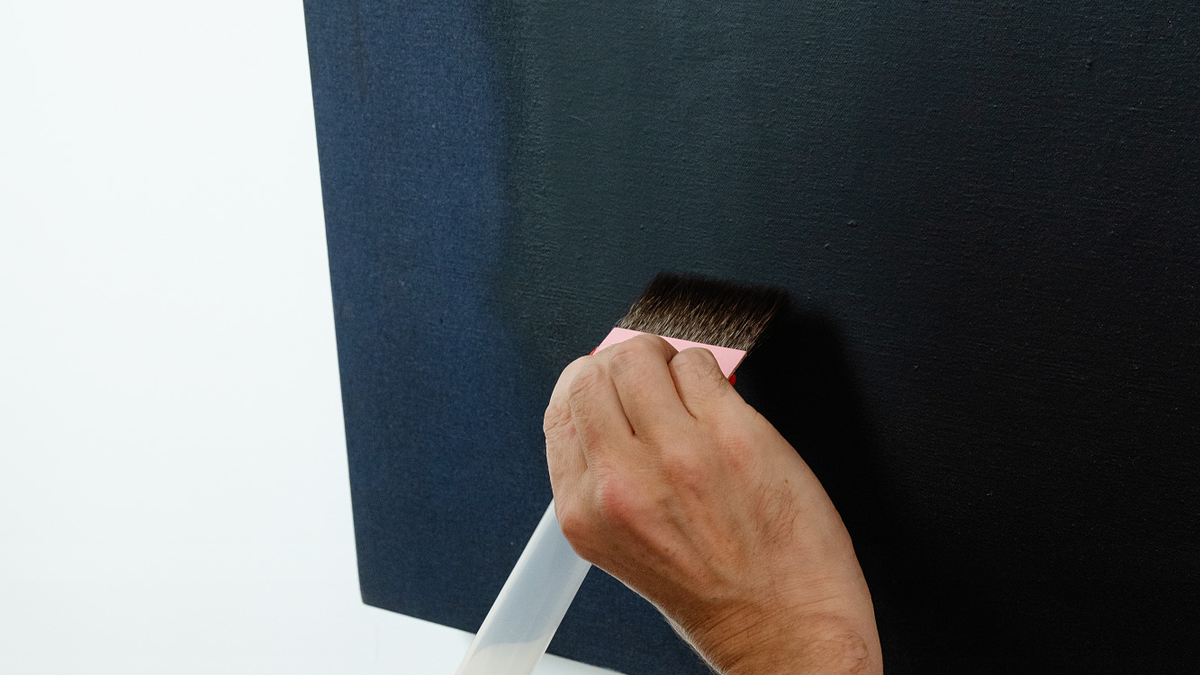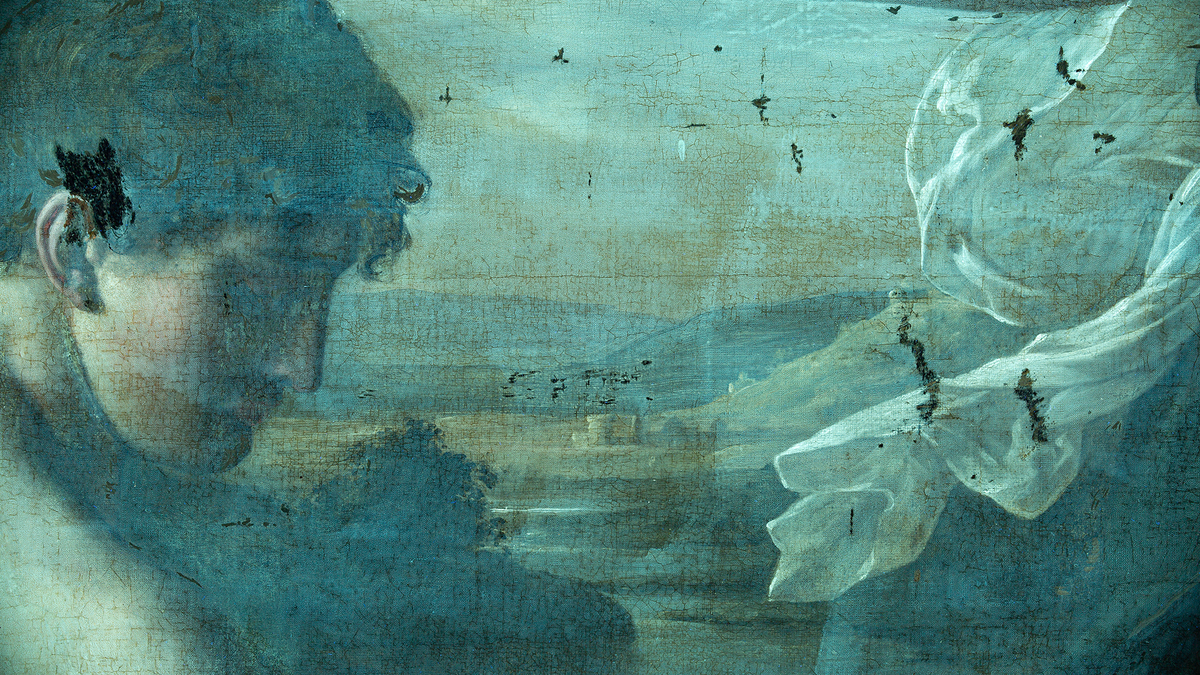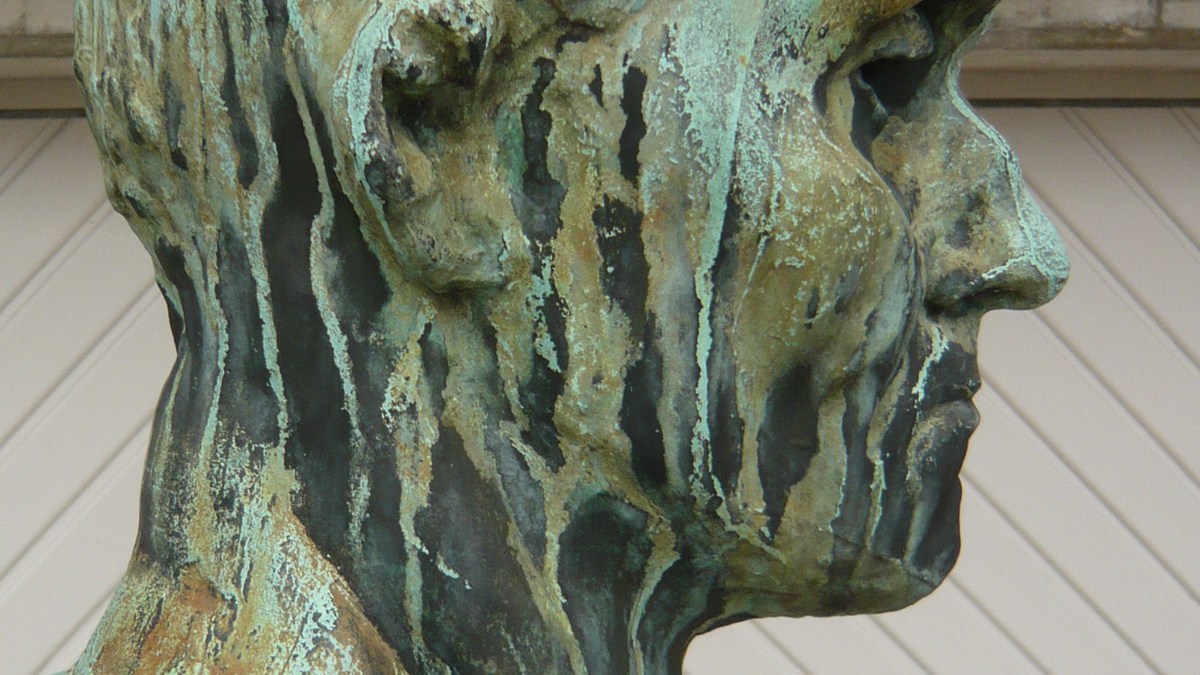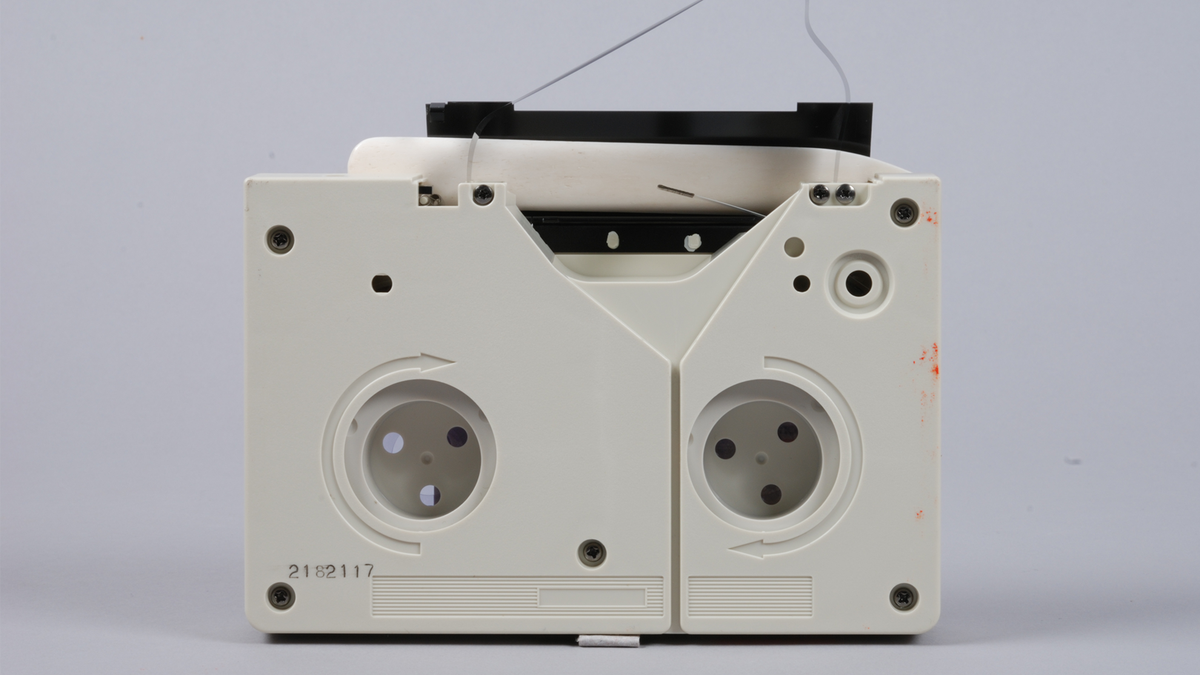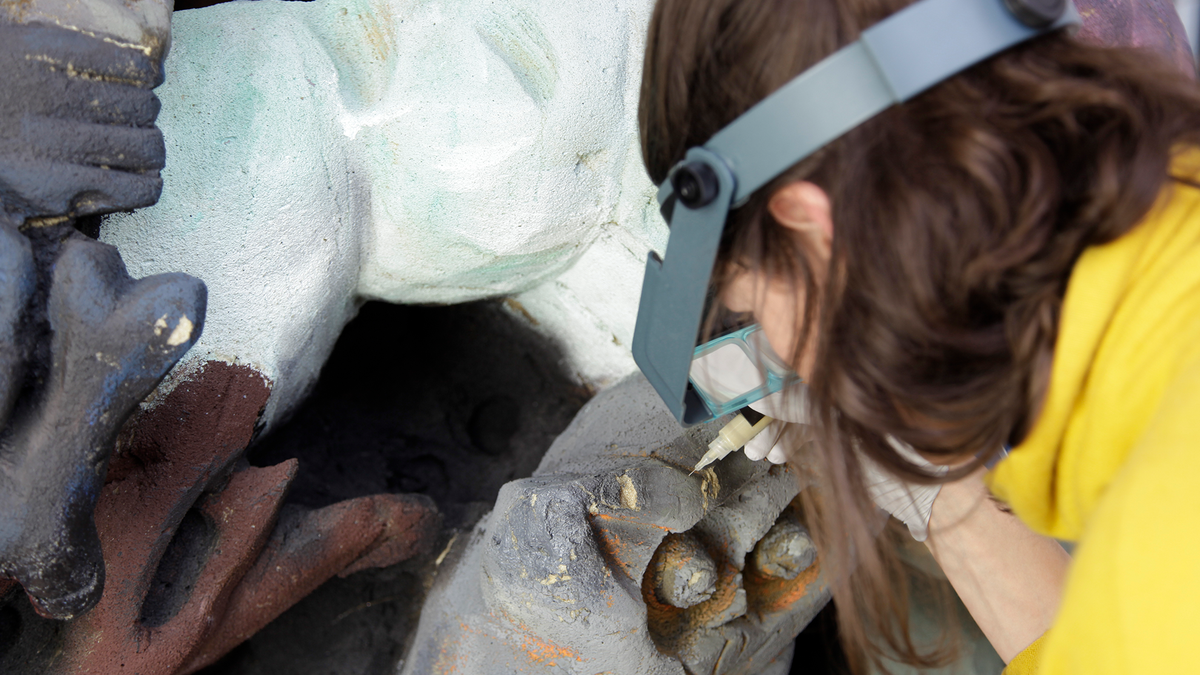Research
If an artwork poses especially complex questions of artistic technique or there are particular issues surrounding the type, changes to and stabilization of the materials used, specifically targeted, practice-oriented research projects are carried out. Investigations are conducted using a range of visual procedures such as X-rays or UV light and the microscope, removing a tiny sample of the material for analysis if necessary.
An appraisal of historical formulations, studio records and diaries, artist’s letters or collaboration with the artist’s studio are essential parts of the process. These enable original techniques to be replicated, providing sample materials that can be used to investigate processes of creation and ageing and test new treatment methods.
The department works with research partners, scientific laboratories and experts, providing an in-depth interpretation of the results and ensuring the low-risk use of new materials, equipment and measures. The Kunsthaus’s ability to research and restore individual works of art, some of them extensively damaged, is thanks largely to the generous support of sponsors.












